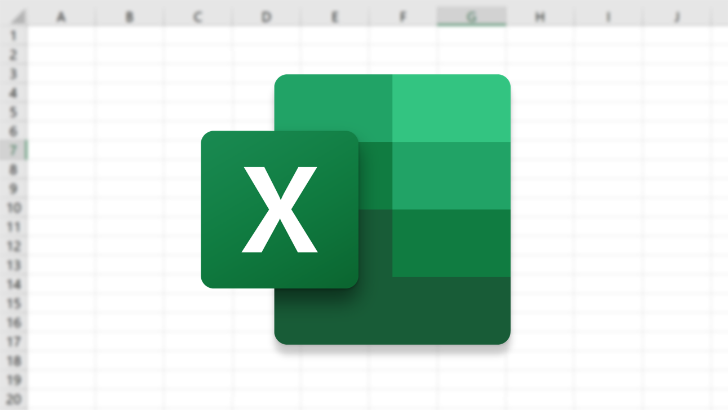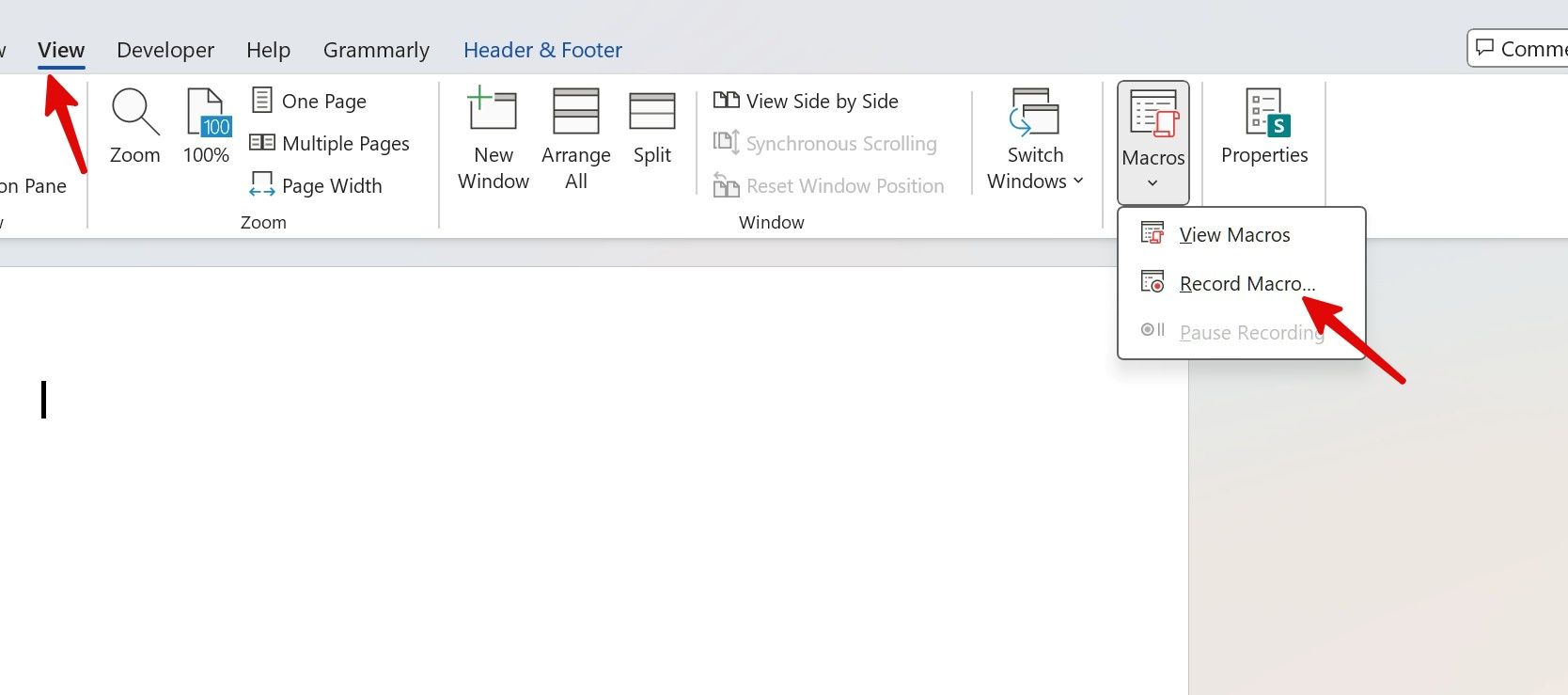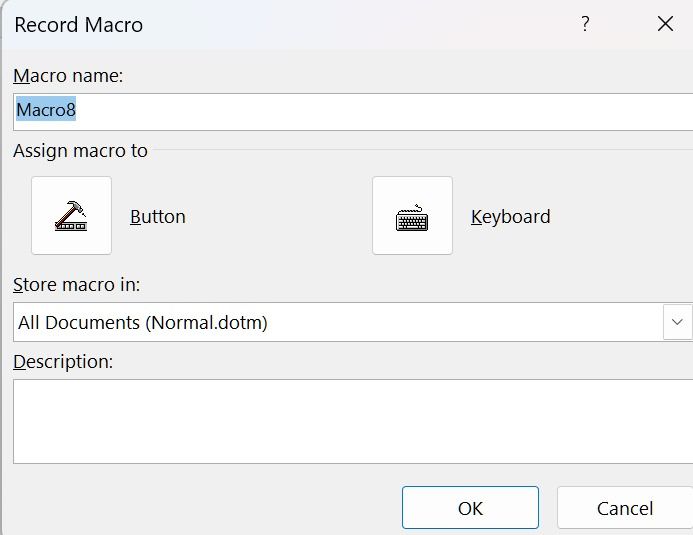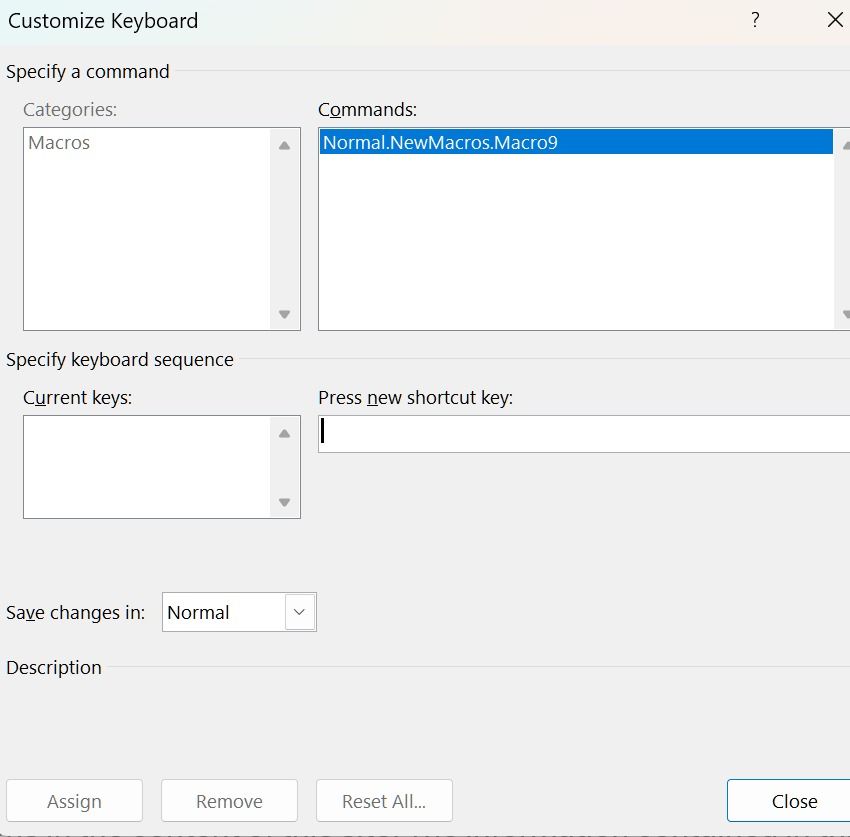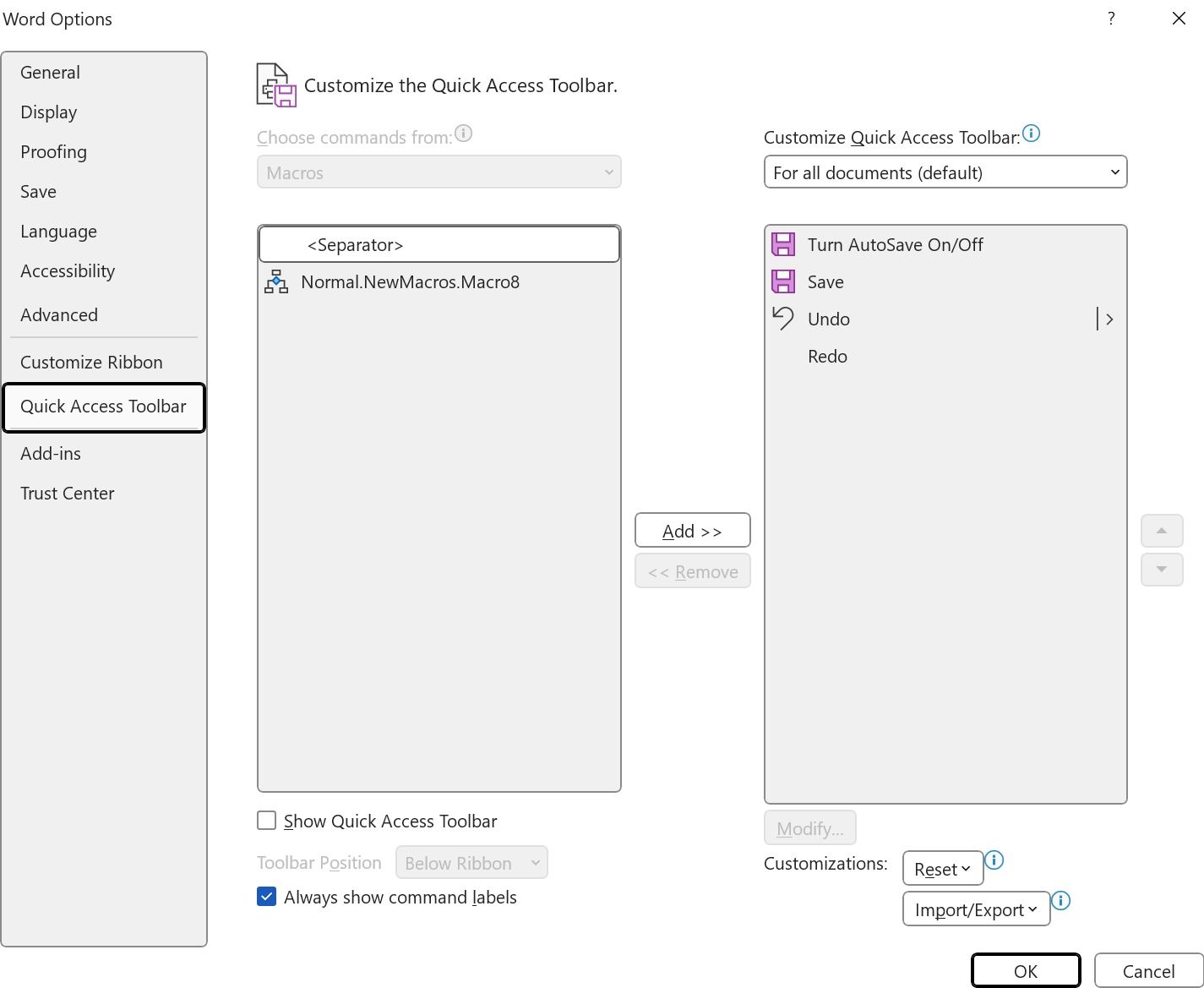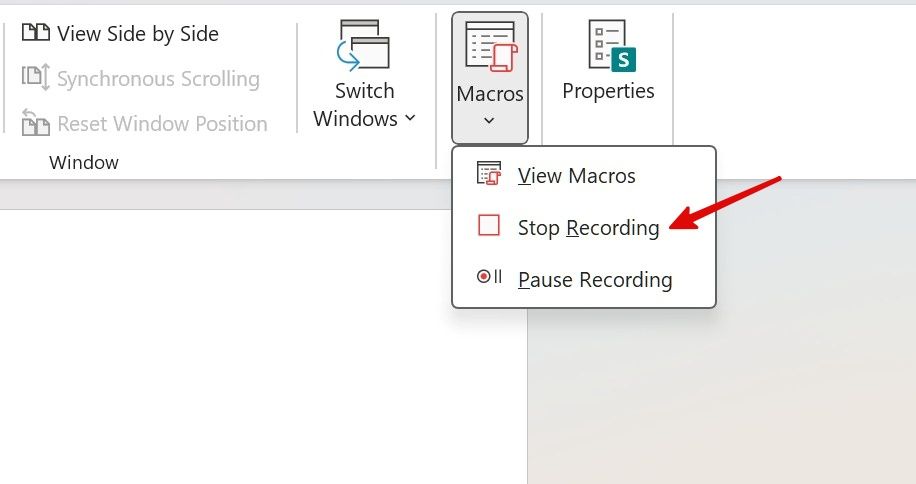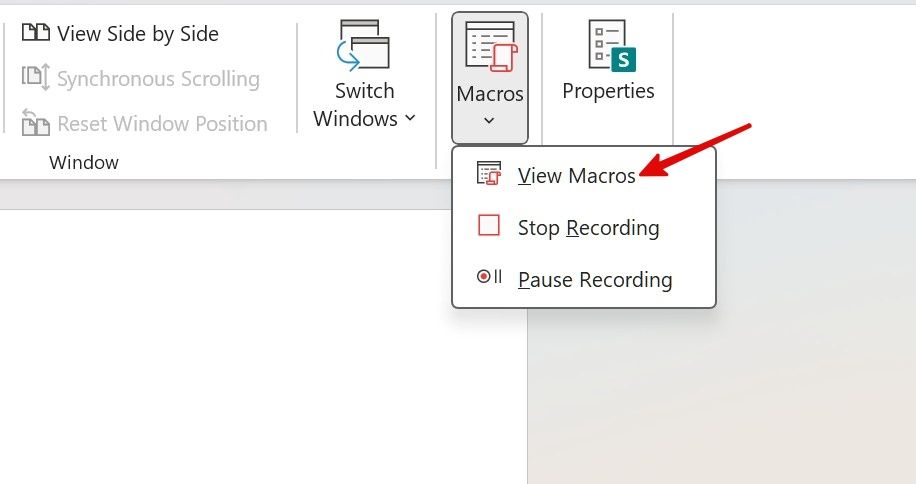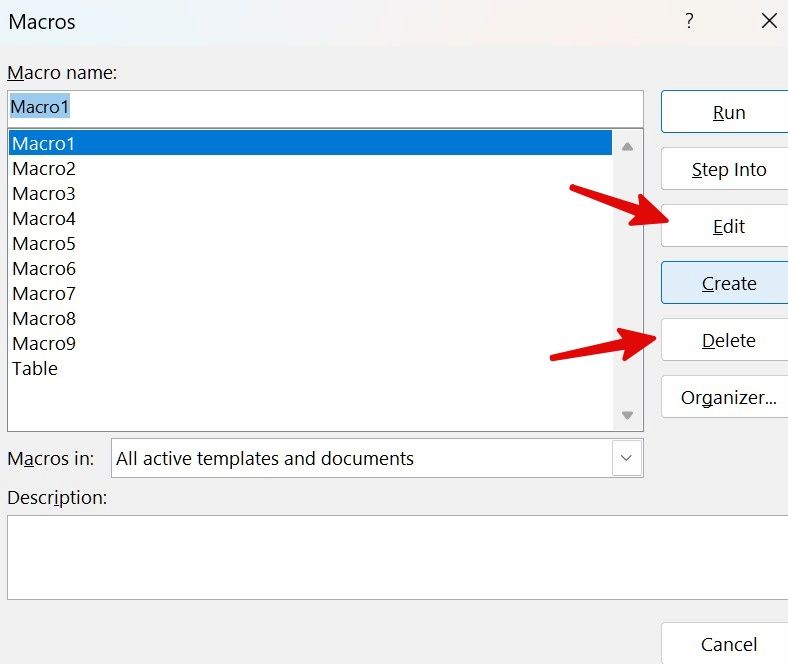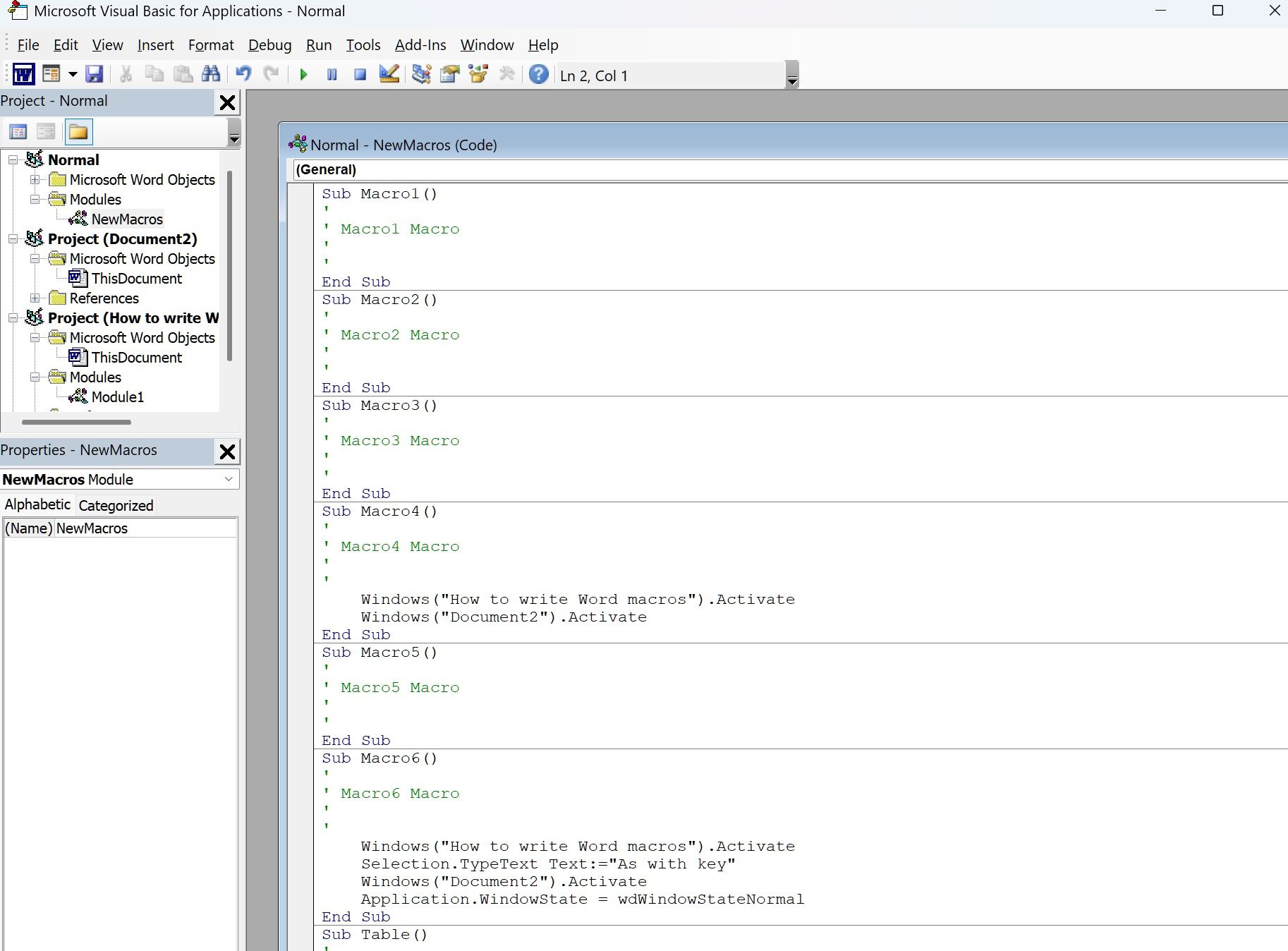Word macros are one-click marvels that automate repetitive tasks in Microsoft Word. If you are tired of going through the same routine while drafting documents, create macros and finish your tasks quickly. Word macros save mouse clicks and keyboard strokes in VBA (Visual Basic for Applications). It may sound complex at a glance, but it isn’t. Microsoft made it easy to write macros without any programming knowledge.
You can record Word macros using the desktop apps only. The feature isn’t available in Word for iPhone and Android users. Here’s how to write Word macros and streamline tedious and time-consuming tasks.
Tips to plan for effective macros
Before you record a macro in Word, plan it in advance. You need a clear idea of which actions you want to record in a macro.
A macro recorder captures everything. A single mishap can ruin your outcome. Instead of deleting and starting a macro again, practice it several times. For instance, if you insert the wrong picture, remove it and add the correct one again. Word records it and performs the same when you run a macro. Here are the things to consider before writing a macro.
- Plan your action and memorize steps before recording a macro.
- Memorize keyboard shortcuts for popular text editing features. Word doesn’t record your mouse for navigation in a document area. It should create a smooth macro.
- Trim the number of steps in a macro to keep it efficient.
- Test your macro a couple of times to get your output as expected.
Common examples of Word macros
Are you still confused about using macros in Microsoft Word? Check out some of the usual use cases for Word macros.
- Enter common text: Insert usual text like a company address, terms and conditions, disclaimers, and more with a macro.
- Check grammar and spell check: Run a grammar check with a single click.
- Remove the clutter from the document: Fix formatting issues, spaces, line breaks, and more.
- Insert tables with a specific format: Insert tables with specific headers in one go.
- Generate Table of Contents: Create and update a table of contents.
These are some of the examples of using a macro. Your preferences may vary.
Record Word macros
In the example below, we create a Word macro to insert a table and write a legal disclaimer in a document.
- Launch Microsoft Word and create a new document.
- Go to the View tab and select Macros.
- Select Record Macro.
- Give a macro a name and a description so it’s easy to remember.
- Assign a button or a keyboard shortcut to a macro. When you choose the former, Word offers an option to add a macro to the Quick Access toolbar at the top. As with keyboard shortcuts, you can specify a keyboard sequence to run the macro.
- Keep the macro to a specific document or make it available for all Word documents. Click OK.
- Add relevant content with your keyboard and mouse click, and select Stop Recording from the Macros menu.
- Microsoft Word stores your macro. It’s ready to use from the same menu.
You can use the assigned button or keyboard shortcut or open View > Macros > View macros, select a macro, and click Run. Then, run it to confirm your desired output with a newly created macro.
If you are a developer and familiar with VBA, press Alt + F11 to open Visual Basic. Then, write a new macro from the Insert > Module menu.
Advantages of writing Word macros
Here are the top benefits of using a Word macro.
- Reduces errors in a document.
- Speed up repetitive tasks.
- Creates consistency in documents.
- Endless possibilities.
- Saves time and improves productivity for complex tasks in a document.
Macros require a learning curve. We recommend spending time with them to create useful macros for your routine tasks.
Manage Word macros
When you click Stop recording under the Macros menu, Word saves the recording automatically. You can’t test and save it manually. If you want to edit or delete an existing macro, use the steps below.
- Launch Microsoft Word and head to View > Macros > View Macros.
- Identify a macro and select Edit. It opens the Microsoft Visual Basic for Applications window with your auto-generated script code. Editing an existing macro requires some coding language.
- If you don’t want to dig through code, delete a macro from the same menu and record it again.
Enjoy a productivity boost with Word macros
If recording macros is complicated, import one from the web. When you download a document containing macros from the web and open it on your computer, Word blocks macros due to security concerns. If you trust the document source, head to Word settings and enable macros.




